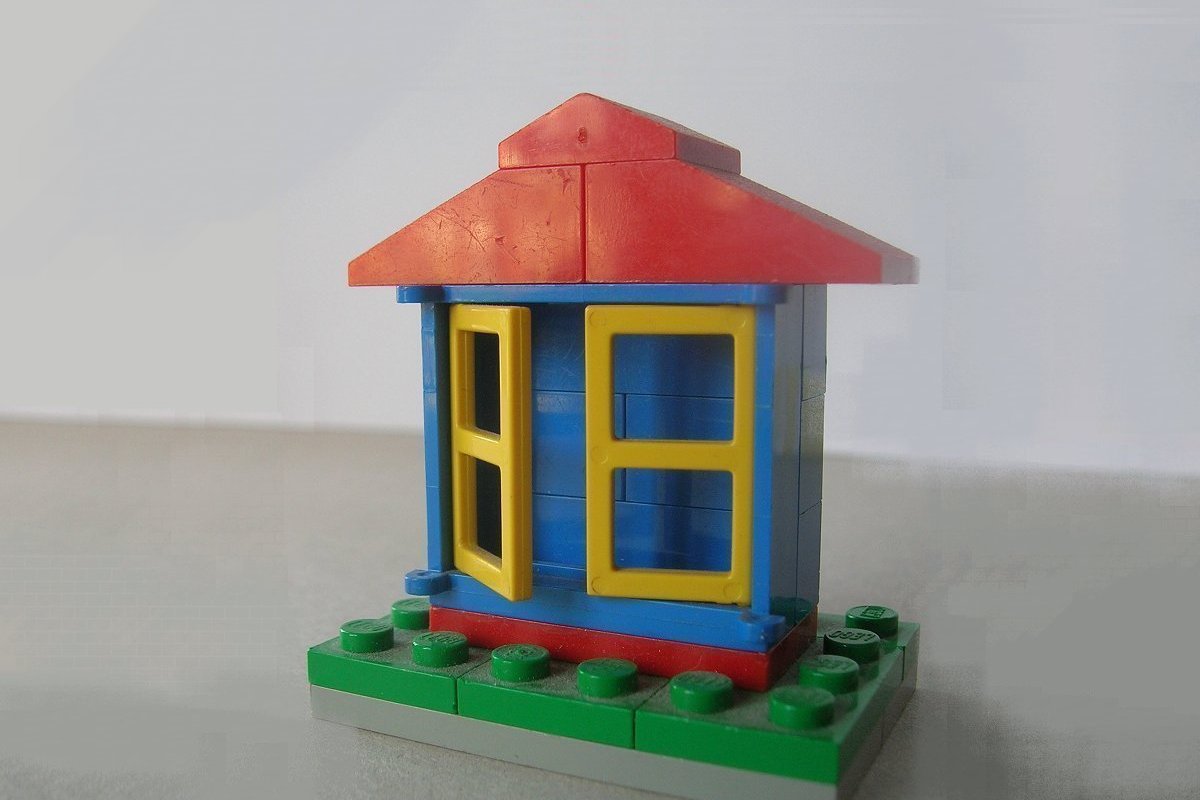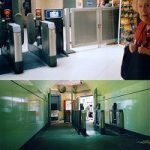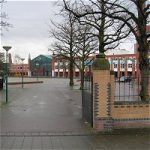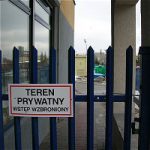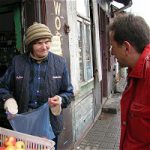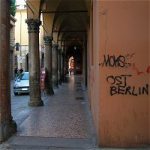Cases from Safe Places (Veiligwonen.nl)
Adopted from: Safe Places (‘Veiligwonen.nl/safeplaces’ 1990/1998-2016)
Safe Places (Veiligwonen.nl) promotes a non-technocratic approach to safety. The corresponding cases and projects address safe living, working, playing and being. In the early 1960s, renowned activist and author Jane Jacobs (1916-2006) was one of the first to investigate the relationship between crime and the spatial structure of the city. She advocated for increased street surveillance, for example, by shortening city blocks, thus creating relatively more (people-inducing) side streets. Jacobs was a pioneer in the field of ‘situational crime prevention’. She posed the question of how characteristics of the built environment (city, buildings, spaces) relate to the potential for criminal behaviour and related behaviour by non-criminals. This question guided the compilation of the following cases and projects on social safety and safe places.
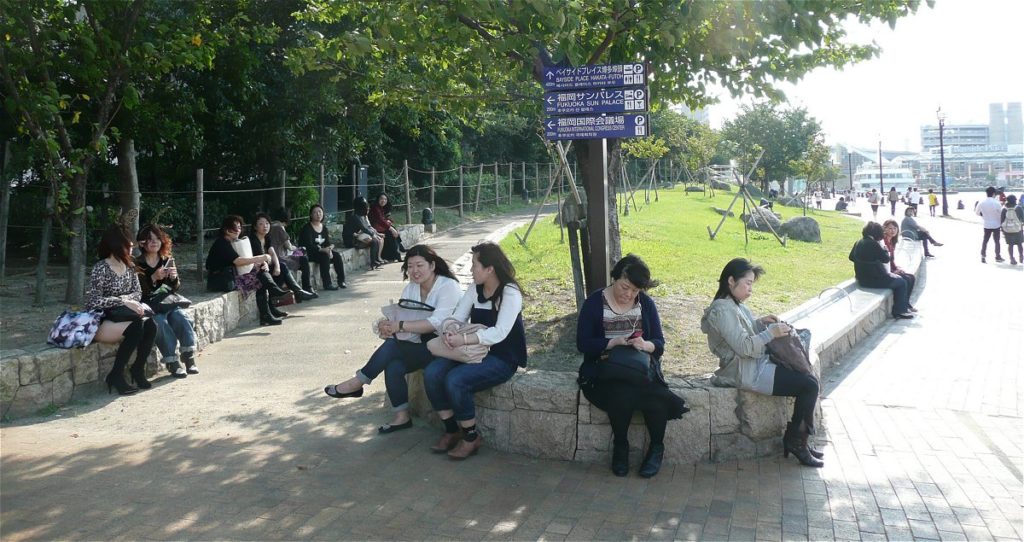
July 2016 Safe Places (Veiligwonen.nl) incorporated in Favas.net. This page provides an overview of some Safe Places projects ruled bu a non-technocratic approach to safety.
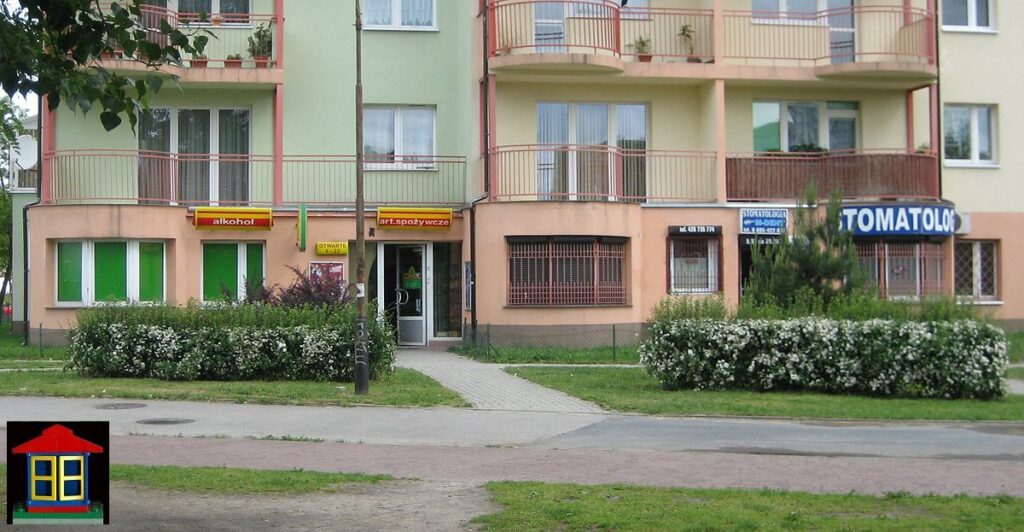
CPTED (Crime Prevention through Environmental Design) for Polish cities (2015)
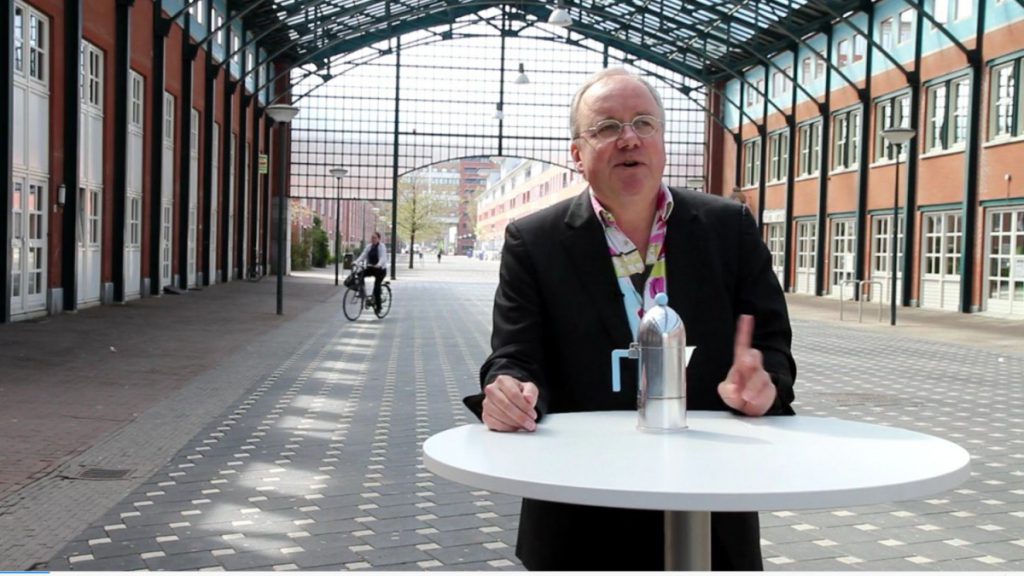
Urban planning and safety (2013)
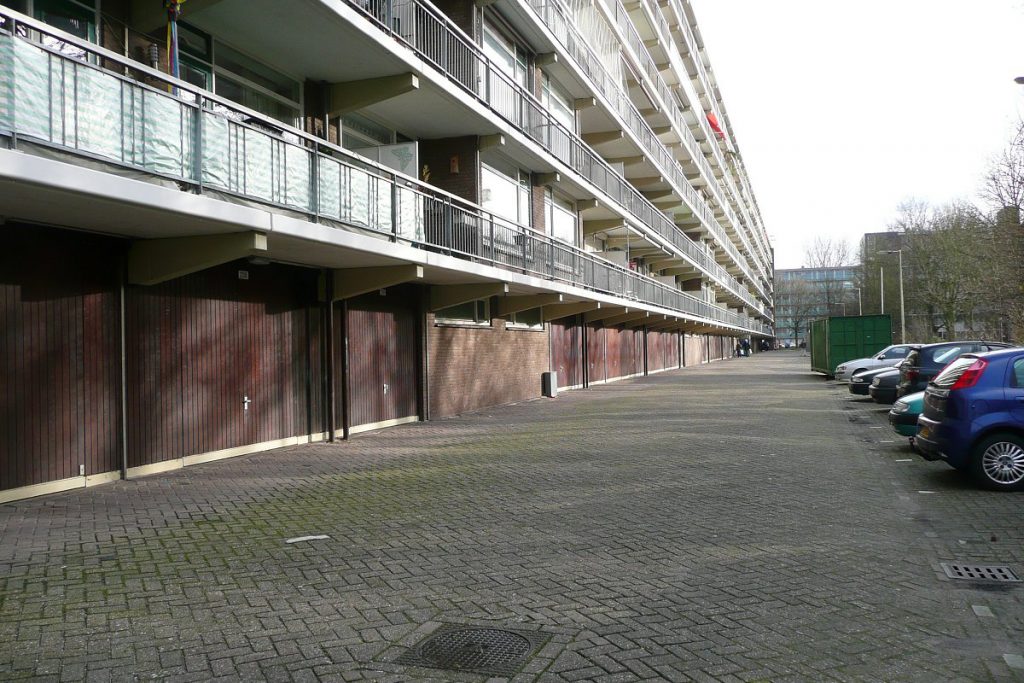
Prinsenhof (regio Haaglanden), schouw/controlelijst (2012) (in Dutch)
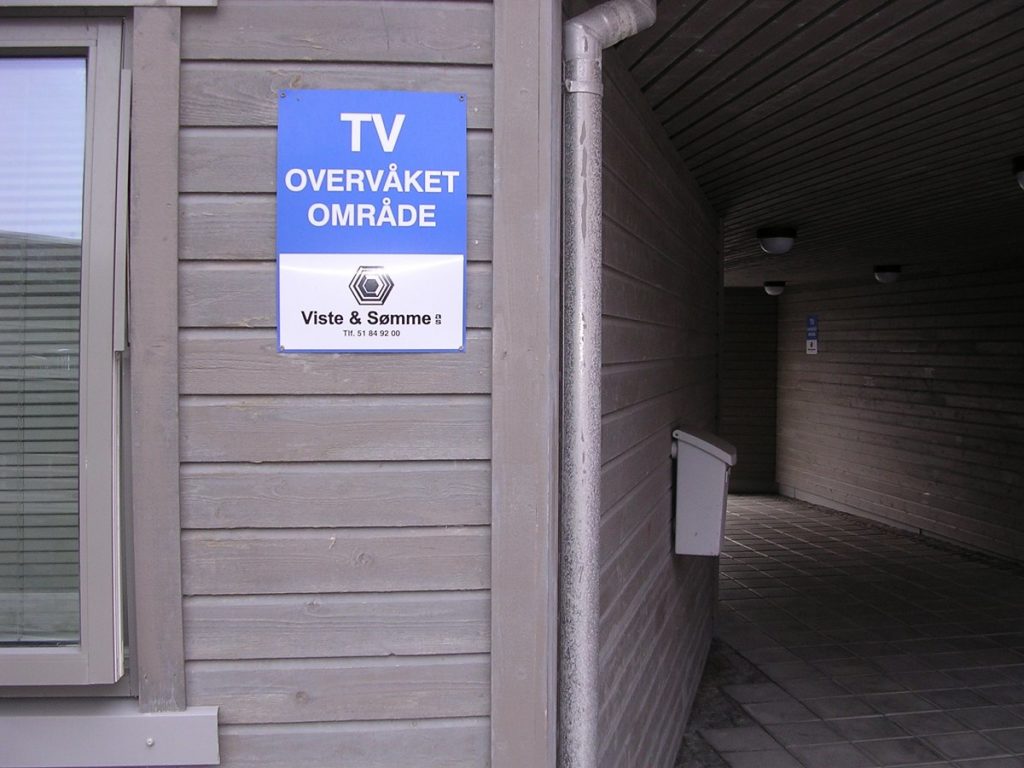
Building social safety – interview (2007)
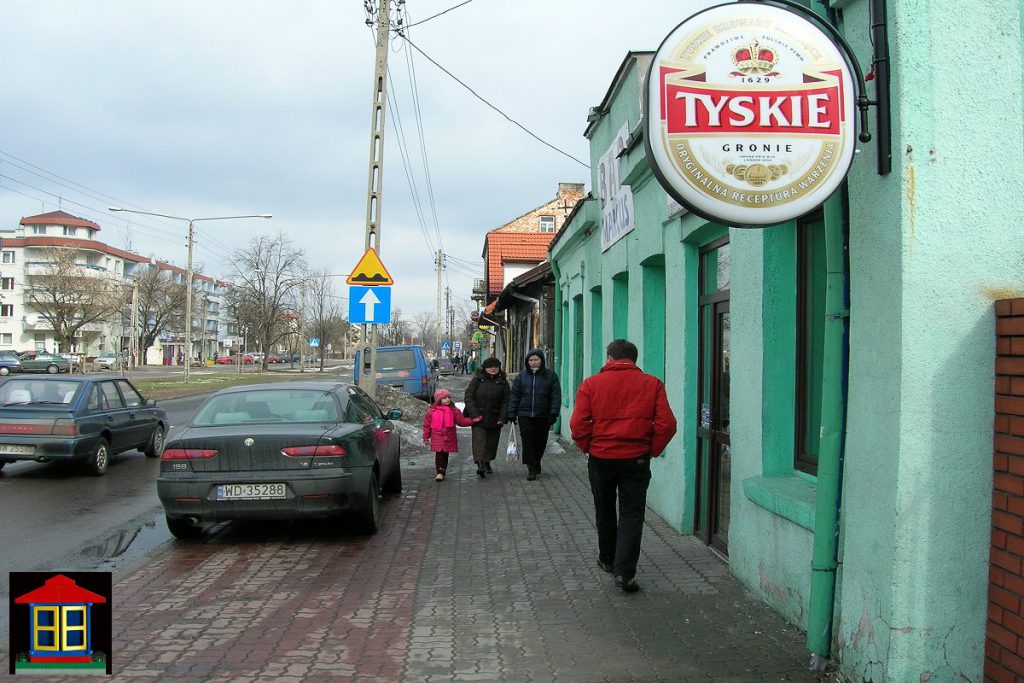
Private and public safety in Warsaw, Poland (2006)

Bologna’s pieces of art, or violent tags, Italy (2006)
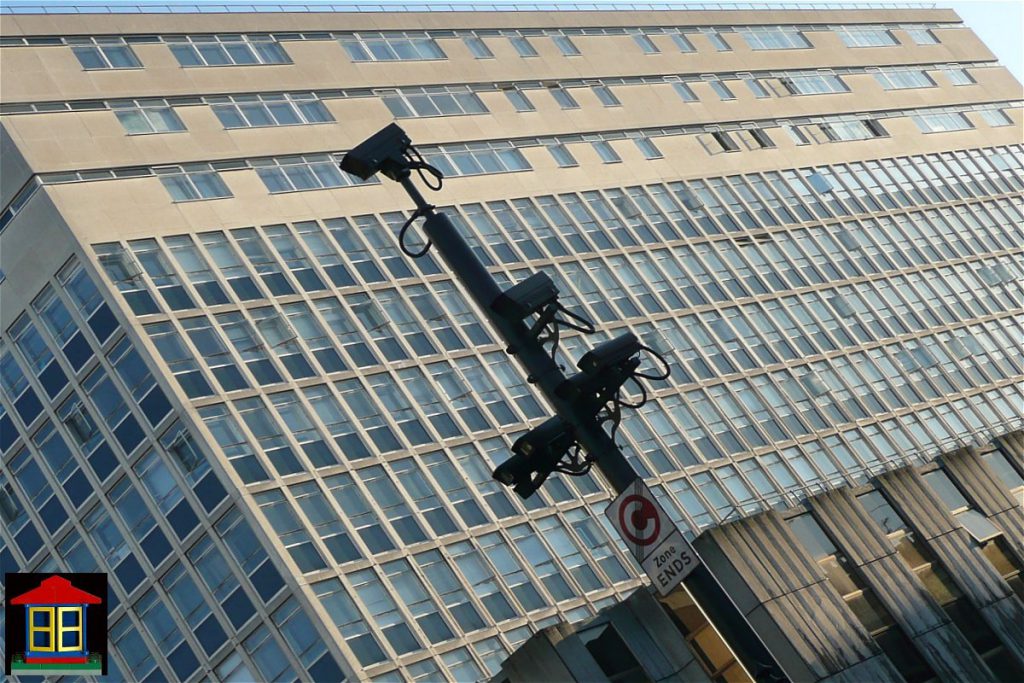
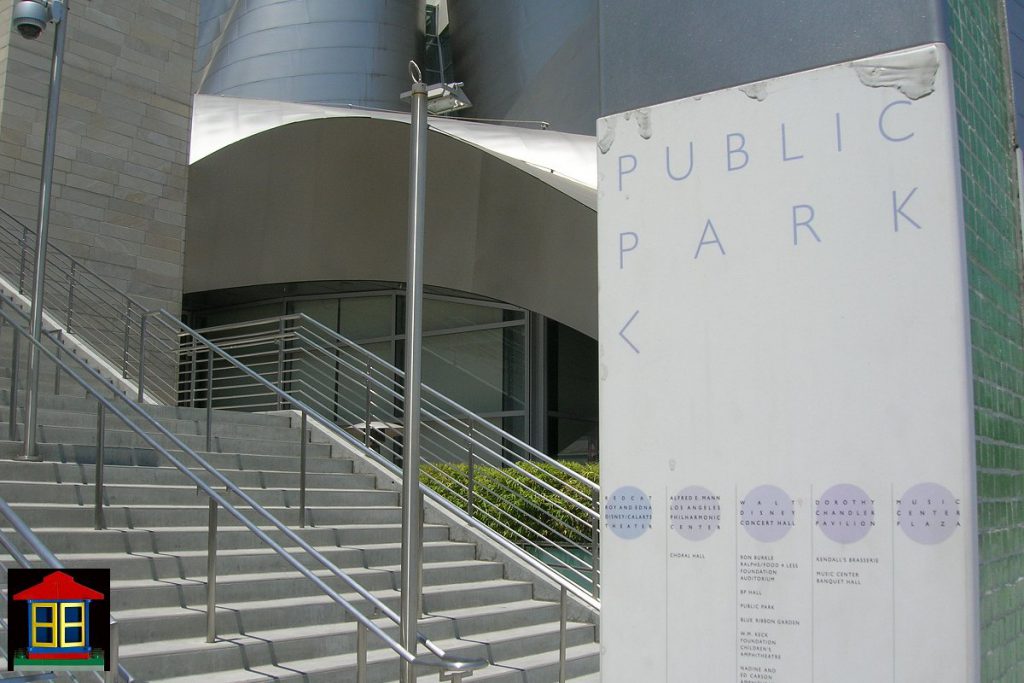
Safety is no chewing gum, research/speech, (2003)
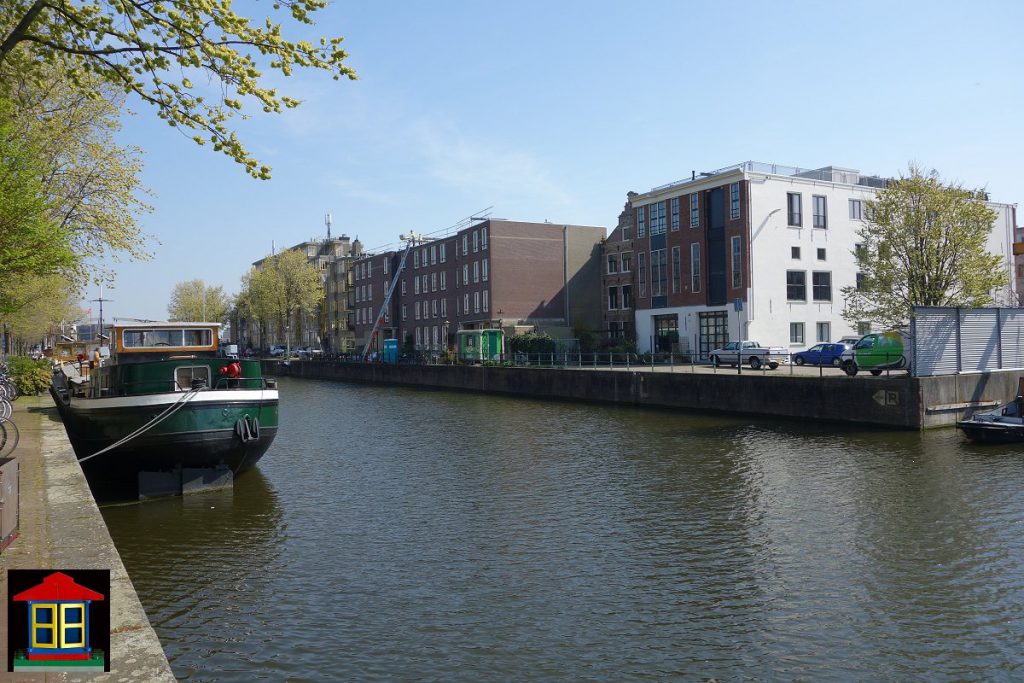
Precedent-based crime prevention
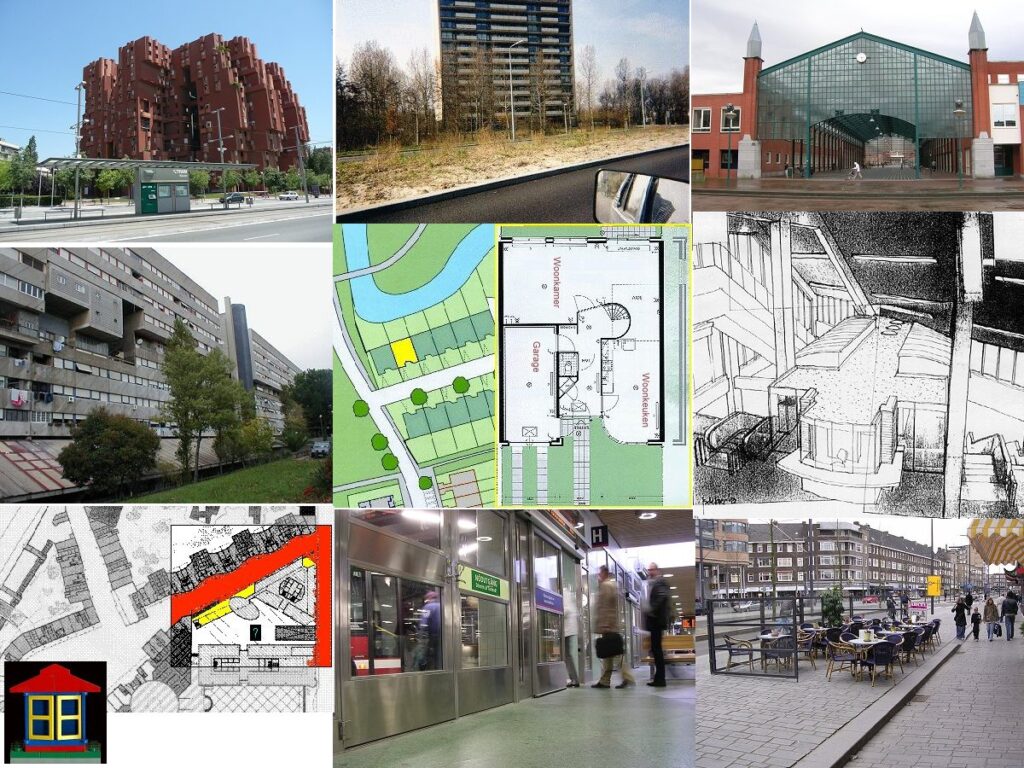
Precedent Documentation & Registration – Predore (1993-2020)
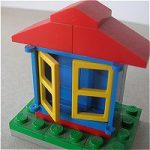
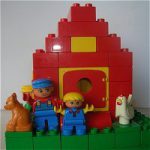


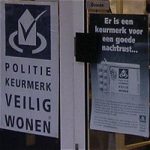
This page provides an overview of some Safe Places projects ruled bu a non-technocratic approach to safety.
Cases not yet accessible:
On checklists and handbooks social safety (1991-2016)
On ‘defensible space’ (2008-2009)
About ‘The Citizen’s Handbook’ (2002-2016)
Safe living and Lego (1998-2016)
Faves.net and Safe Places (Veiligwonen.nl) promote a non-technocratic approach to safety. The corresponding cases and projects address safe living, working, playing and being.
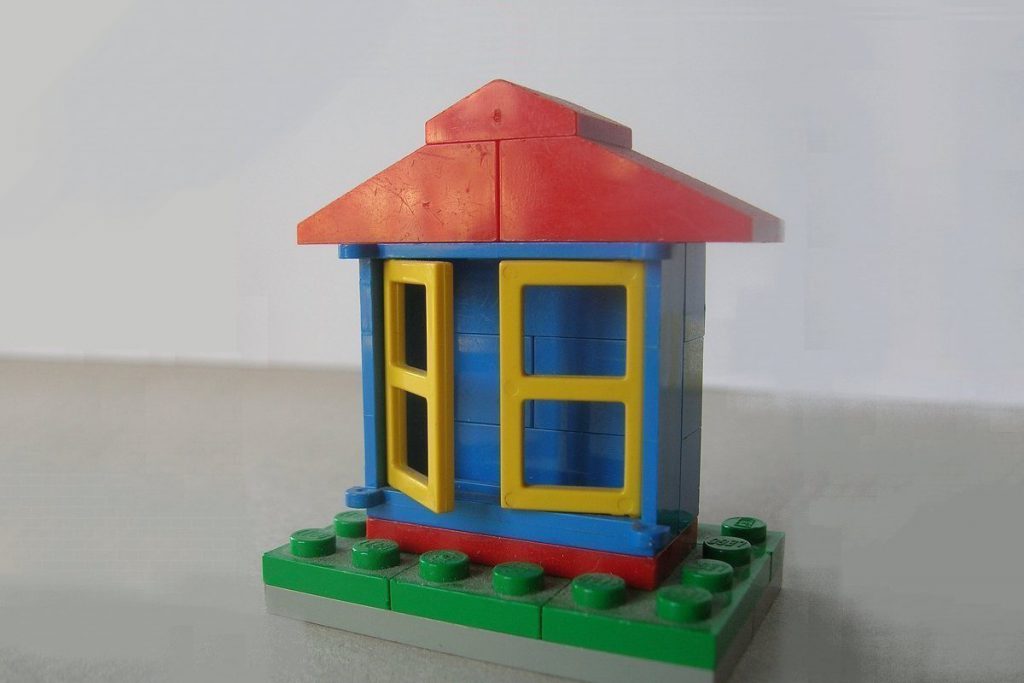
Veiligwonen.nl / SAFE PLACES
The Dutch concept of ‘veilig wonen’ can literally be translated as ‘safe living’. Finally, ‘Safe Places’ was chosen as the English name. This translation is based on research by the Council for Scientific and Industrial Research (CSIR) in South Africa. In the late 90s, we worked together here with Susan Liebermann and Tinus Kruger on crime prevention. The concept ‘safe places’ is derived from their manual (with Karina Landman) ‘Designing Safer Places’ (CSIR, Pretoria, South Africa, 2001). Beware, the term ‘safe places’ should not be confused with the fashionable phenomenon of ‘safe spaces’ that is common in many of today’s American universities.

